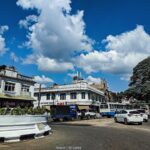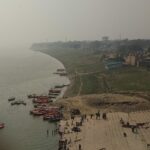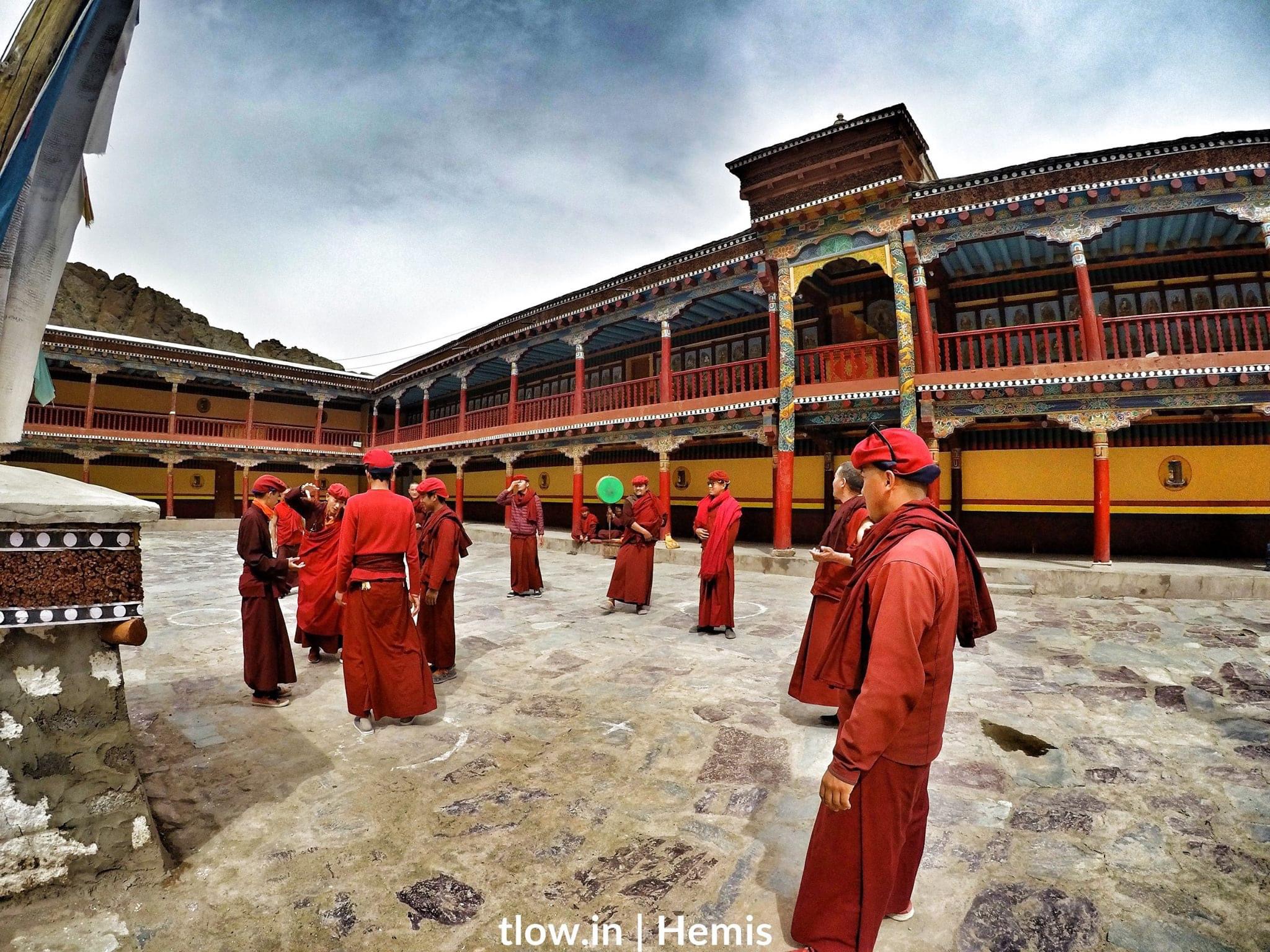
20 Interesting facts about Hemis Monastery in Ladakh
Located in the heart of Ladakh, India, Hemis Monastery is one of the most famous and revered Buddhist monasteries in the region. Founded in 1672 by the Ladakhi king, Sengge Namgyal, this Gelugpa (Yellow Hat) sect monastery is a testament to the rich cultural heritage of Tibetan Buddhism.
Jump To
Spiritual Significance
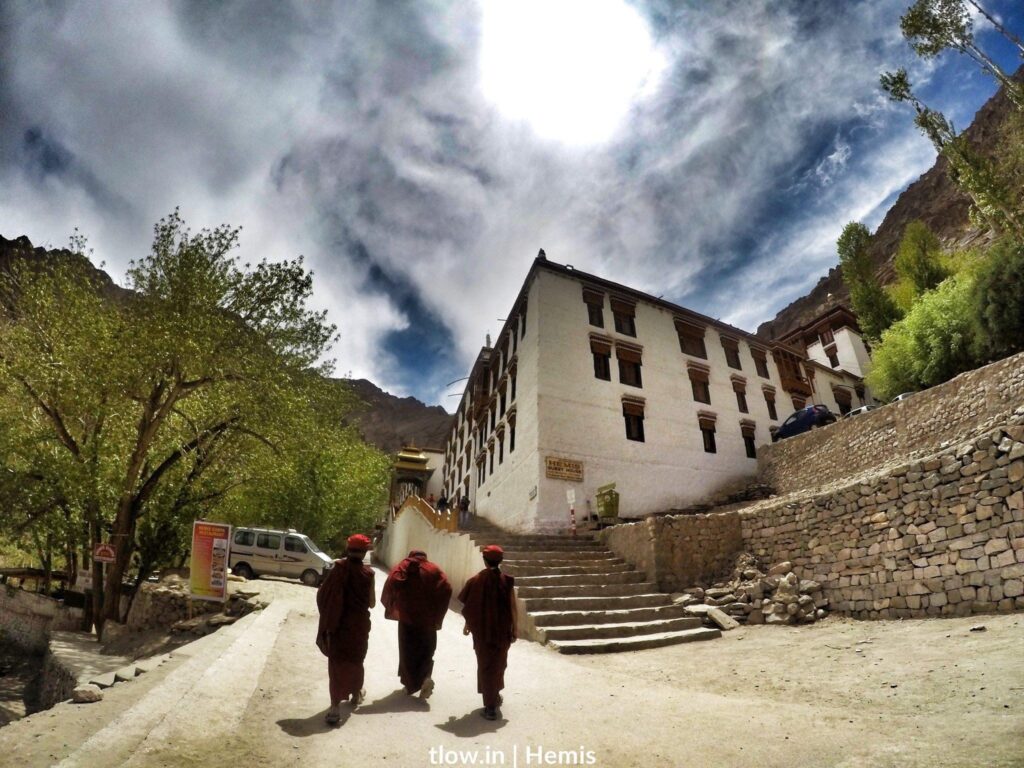
Hemis Monastery is considered a sacred site by Buddhists, as it is believed to be the birthplace of Guru Rinpoche (Padmasambhava), a renowned Buddhist saint. The monastery is home to a vast collection of sacred relics, including a stupa containing the ashes of Guru Rinpoche.
Hemis Festival and Celebrations
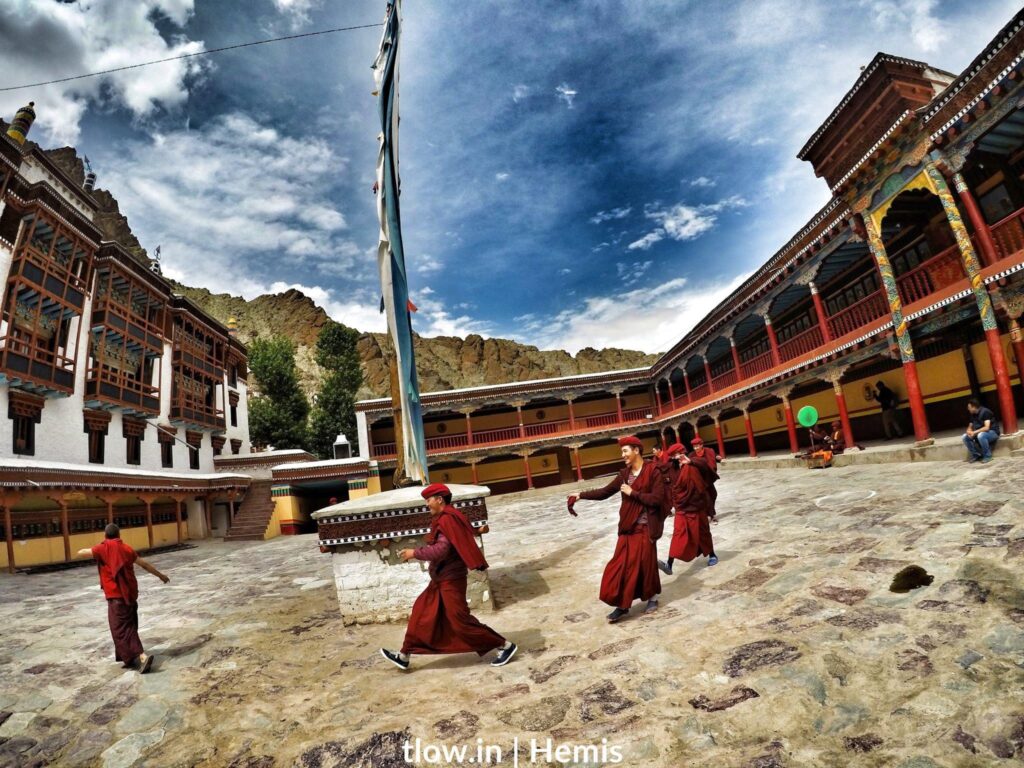
The Hemis Festival, held every summer solstice (July-August), is a major highlight of the monastery’s calendar. The festival features traditional mask dances, music, and rituals performed by monks and laymen to ward off evil spirits and bring blessings.
Architecture and Art
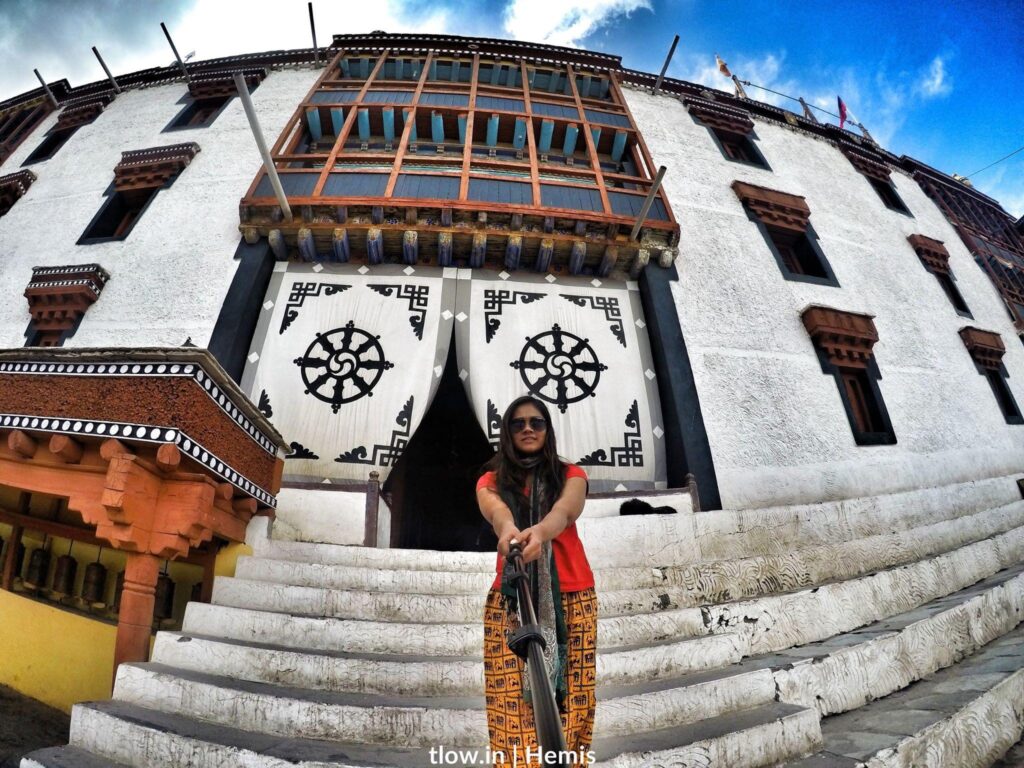
The monastery’s main temple is a stunning example of Tibetan architecture, with intricately carved wooden doors and ornate frescoes. The monastery’s scriptorium is renowned for its exquisite Tibetan art, including intricate carvings, paintings, and sculptures.
Conservation Efforts
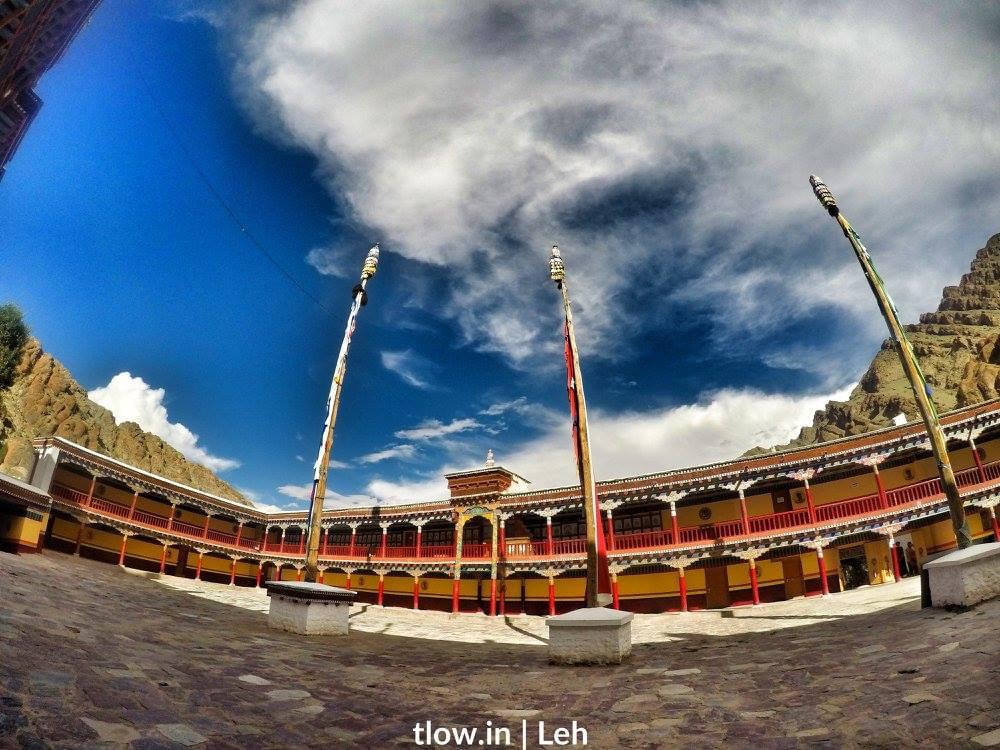
Efforts are being made to conserve the monastery’s traditional architecture and cultural heritage while promoting eco-tourism in the region. Visitors can explore the monastery’s beautiful courtyards, temples, and surrounding gardens, gaining a deeper understanding of Tibetan Buddhism and its rich cultural heritage.
In Brief
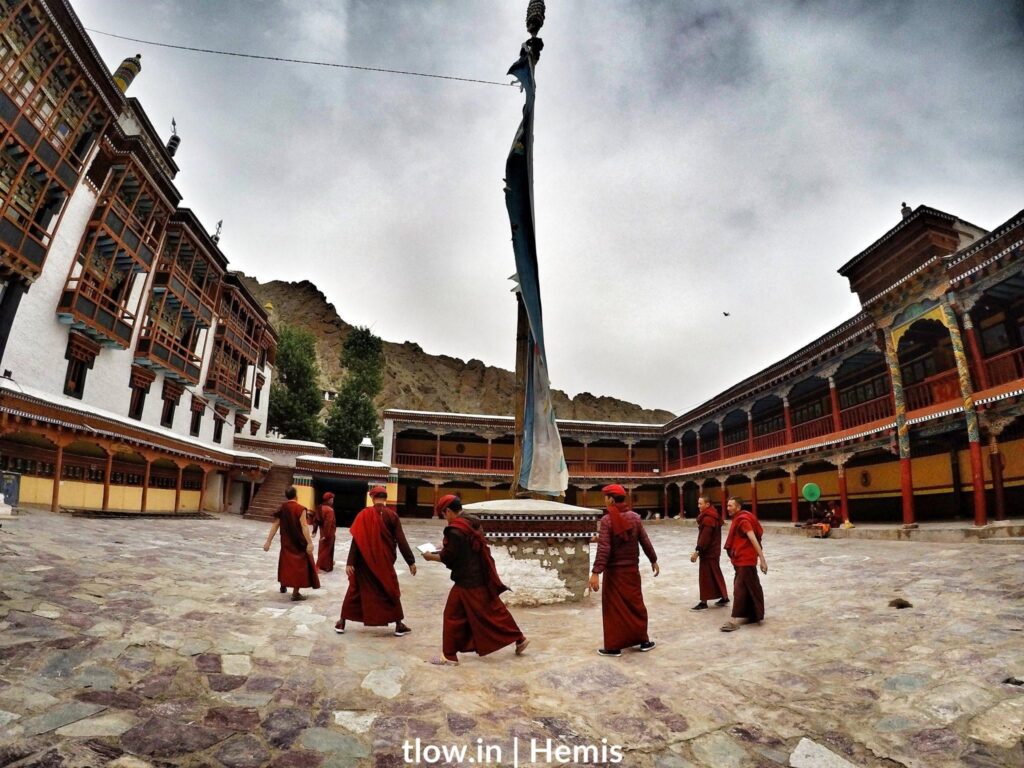
* Founded: 1672
* Location: Hemis National Park, Ladakh, India
* Sect: Gelugpa (Yellow Hat)
* Famous for: Hemis Festival, traditional mask dances, and sacred relics
* Architecture: Intricately carved wooden doors and ornate frescoes
* Spirituality: Believed to be the birthplace of Guru Rinpoche (Padmasambhava)
Hemis Monastery is a must-visit destination for anyone interested in exploring the rich cultural heritage of Tibetan Buddhism and experiencing the unique traditions of Ladakh.
Hemis Facts
1. Location: Hemis Monastery is situated in the Hemis National Park, about 45 km south of Leh, the capital of Ladakh.
2. Founded: The monastery was founded in 1672 by the Ladakhi king, Sengge Namgyal.
3. Gelugpa Sect: Hemis Monastery is a Gelugpa (Yellow Hat) sect of Tibetan Buddhism, one of the four major schools of Tibetan Buddhism.
4. Size: The monastery complex covers an area of over 100 acres.
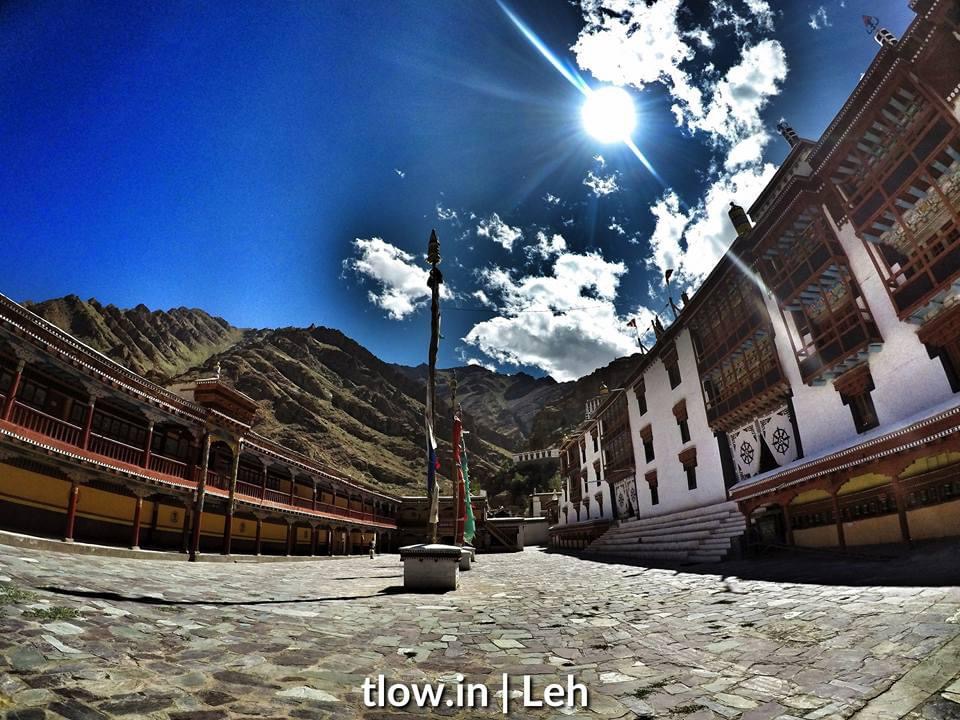
5. Architecture: The main temple is a beautiful example of Tibetan architecture, with intricately carved wooden doors and ornate frescoes.
6. Relics: The monastery houses many sacred relics, including a stupa containing the ashes of Guru Padmasambhava, a famous Buddhist saint.
7. Festival: Hemis Festival, held every summer solstice (July-August), is one of the most famous festivals in Ladakh, featuring traditional mask dances and rituals.
8. Mask Dances: The festival features various mask dances performed by monks and laymen to ward off evil spirits and bring blessings.
9. High-Altitude Location: Hemis Monastery is situated at an altitude of over 11,000 feet (3,350 meters) above sea level.
10. Harsh Climate: The region experiences a harsh, cold climate with long winters and short summers.
11. Accessibility: The monastery is accessible only by road from Leh or by trekking from nearby villages.
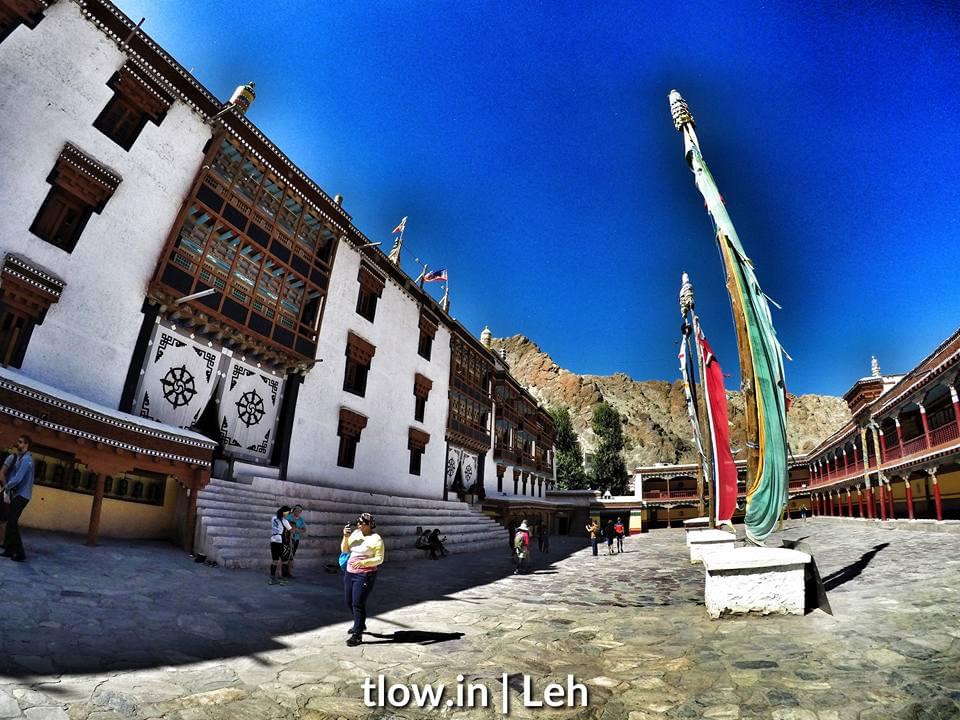
12. Monastic Community: The monastery is home to around 150 monks, including novices and senior lamas.
13. Scriptorium: The monastery has a renowned scriptorium where monks create intricate manuscripts and paintings.
14. Library: The monastery’s library contains a vast collection of ancient scriptures, rare books, and manuscripts.
15. Tibetan Art: Hemis Monastery is known for its exquisite Tibetan art, including intricate carvings, paintings, and sculptures.
16. Spiritual Significance: The monastery is considered a sacred site by Buddhists, as it is believed to be the birthplace of Guru Rinpoche (Padmasambhava).
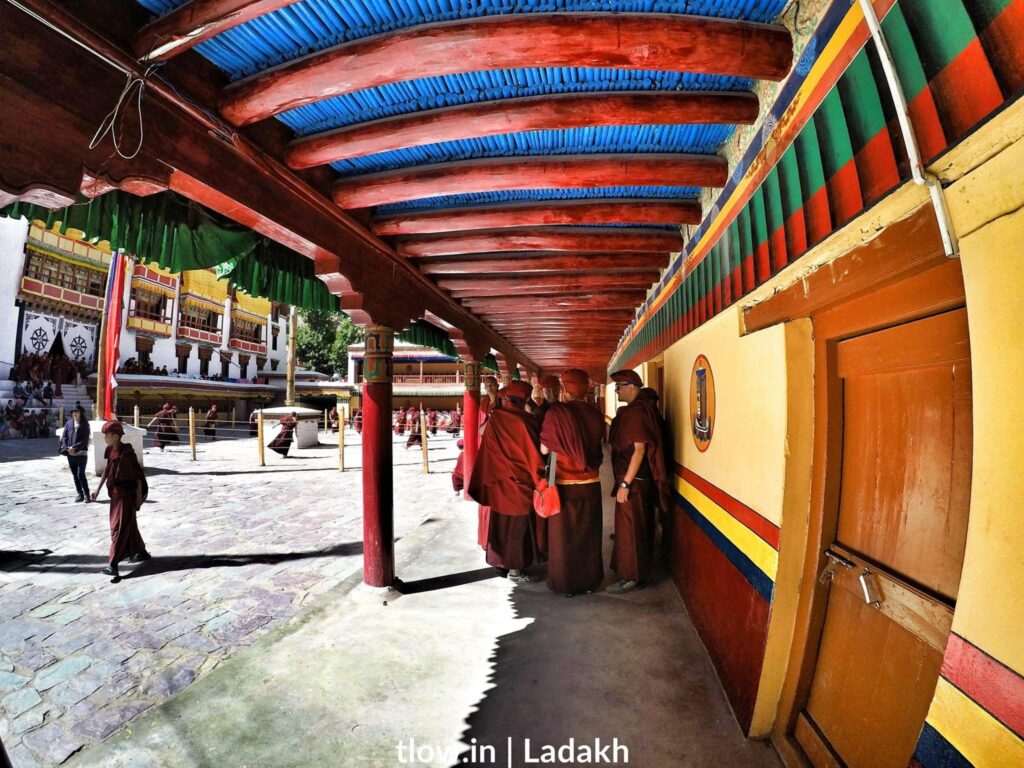
17. Cemetery: The monastery has a cemetery where many important lamas and leaders are buried.
18. Drigungpa Tradition: Hemis Monastery follows the Drigungpa tradition, which emphasizes the importance of meditation and spiritual practice.
19. Rituals and Ceremonies: The monastery conducts various rituals and ceremonies throughout the year, including prayers for world peace and well-being.
20. Conservation Efforts: Efforts are being made to conserve the monastery’s traditional architecture and cultural heritage, while also promoting eco-tourism in the region.
These facts highlight the rich history, spirituality, and cultural significance of Hemis Monastery in Ladakh, making it a fascinating destination for travelers interested in Buddhism and Tibetan culture.



